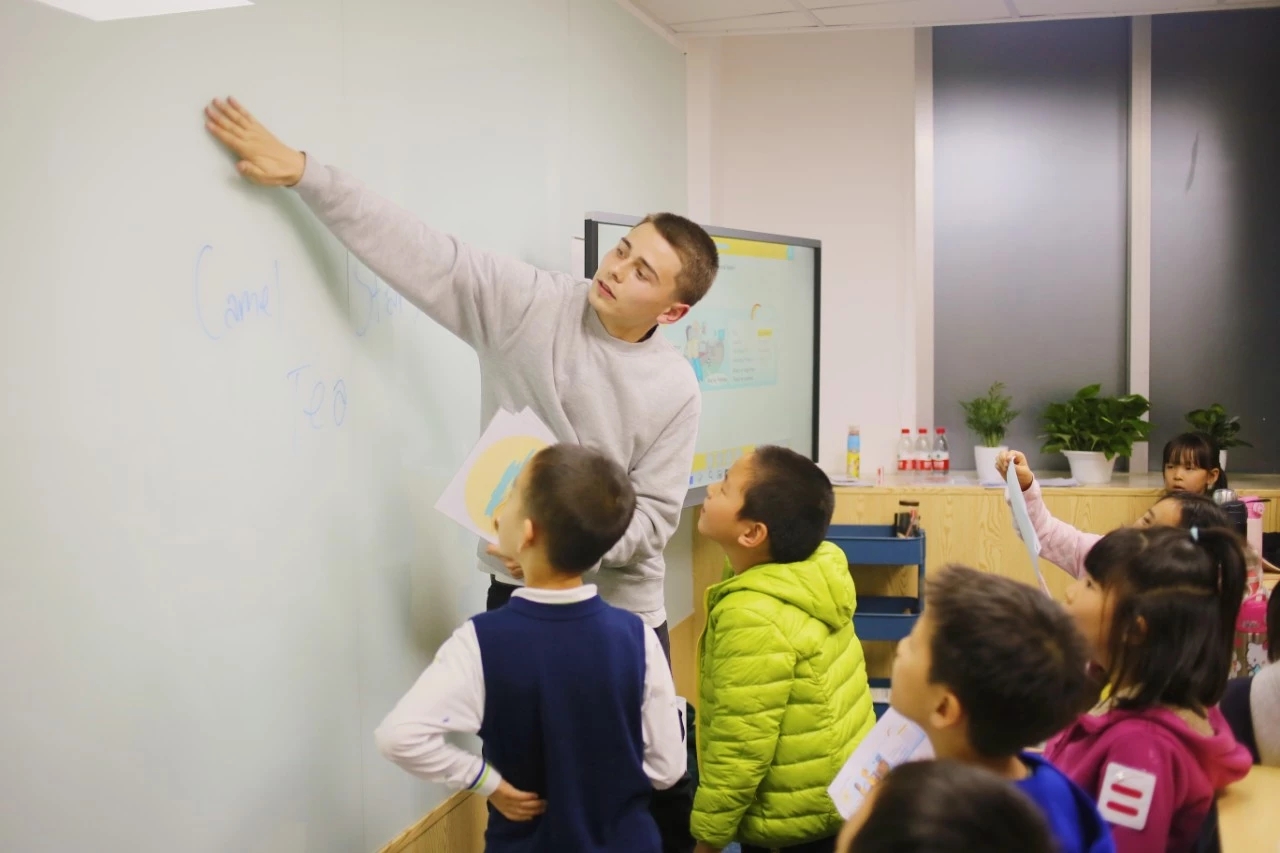
Dunhuang frescoes敦煌壁画 specifically refer to the paintings and art works on the inner walls of the Dunhuang Grottoes敦煌石窟 in China, which belong to the world cultural heritage.
The Dunhuang frescoes depict the image of gods, the activities of gods, the relationship between god and the relationship between god and man. Dunhuang murals have different aesthetic characteristics and artistic styles from secular paintings. They place good wishes and soothe the soul.
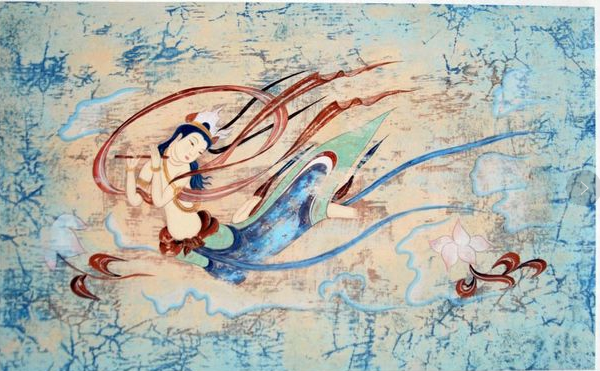
Buddha painting
As a religious art, it is the main part of mural paintings, including various Buddha statues (three Buddhas三世佛, seventh Buddhas七世佛, Sakyamuni释迦, Dubao Buddha多宝佛, Xianjie Thousand Buddhas贤劫千佛, etc.);Bodhisattvas天龙八部. Most of these Buddha statues are painted in the sayings. There are 933 pictures of sayings in the Mogao Grottoes alone, with 12,208 Buddha statues in various expressions.
The Buddhist classics that use painting, literature and other art forms to express profound and easy-to-understand are called "Jingbian"经变. Those who use painting techniques to express the classic content are called "disguised phases变相", that is, Jingbian painting; those who use words, speaking and singing techniques are called "bianwen"变文.
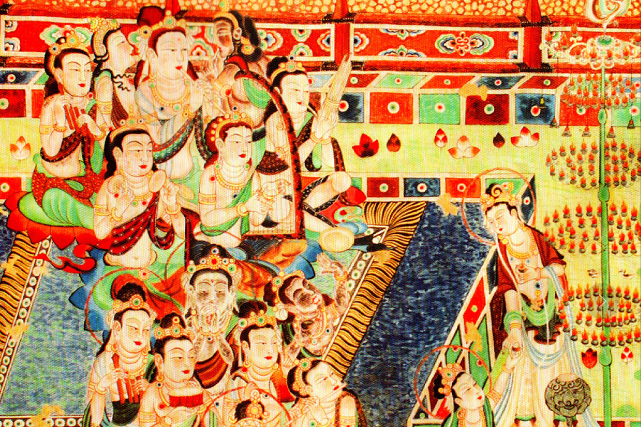
Portrait
The colorful decorative pattern paintings are mainly used for the decoration of grottoes, as well as table surrounds, crown clothes and utensils. Decorative patterns vary from time to time, ever-changing, with superb painting skills and rich imagination. The pattern paintings mainly include Mojing pattern,藻井图案 rafter pattern椽间图案, border pattern边饰图案 and so on.
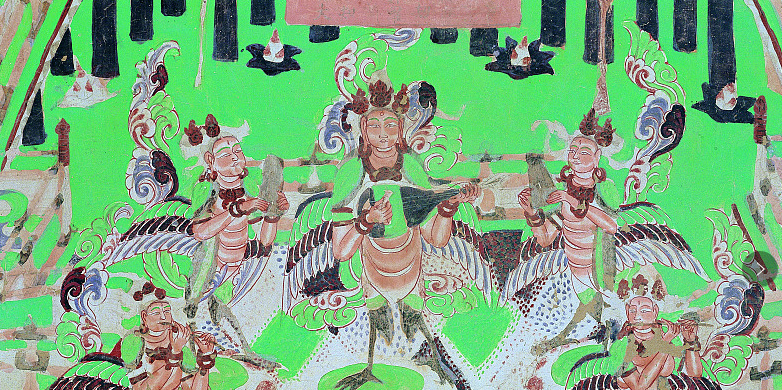
Story painting
In order to widely attract the masses and vigorously promote the Buddhist scriptures and Buddhism, it is necessary to instill abstract and profound Buddhist classics and historical relics into the masses in a popular, concise, and visual form, inspire them, and make them believe in worship. As a result, a large number of story paintings were drawn in the cave, so that the masses were educated imperceptibly during the viewing process. The story paintings are rich in content, moving in plot, rich in life, and attractive.
Contact Us
Join this weekly workshop with China Jobs Daily!


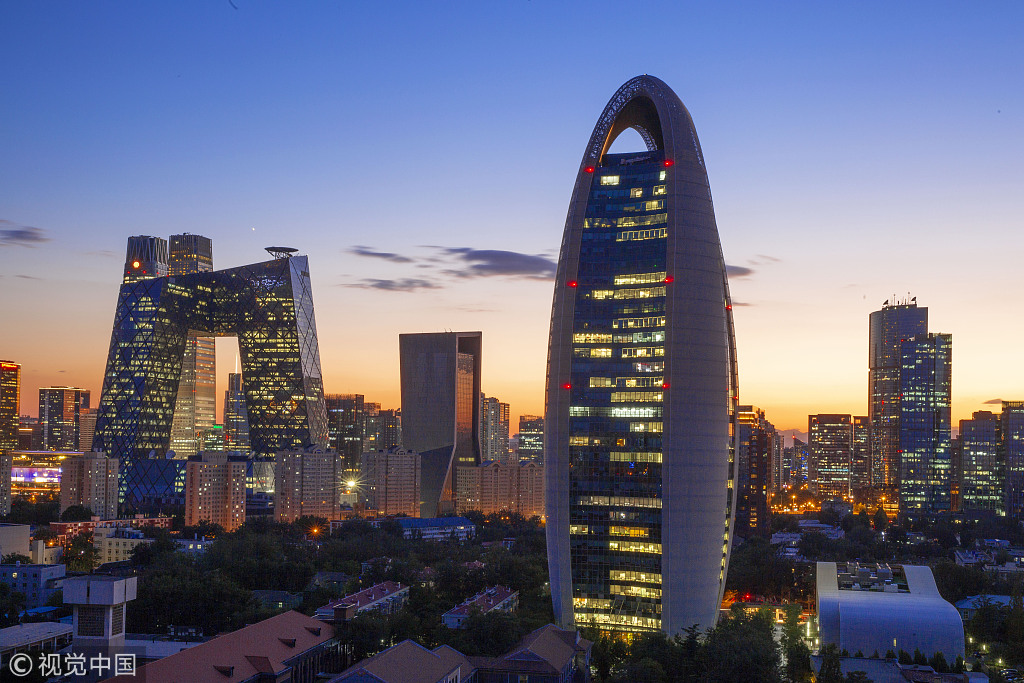
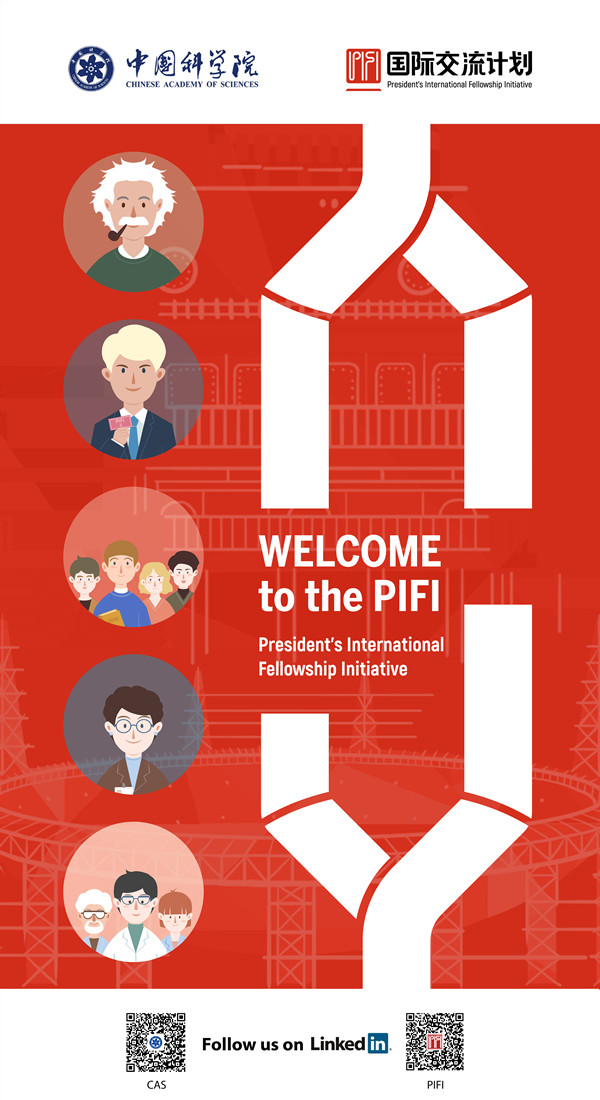
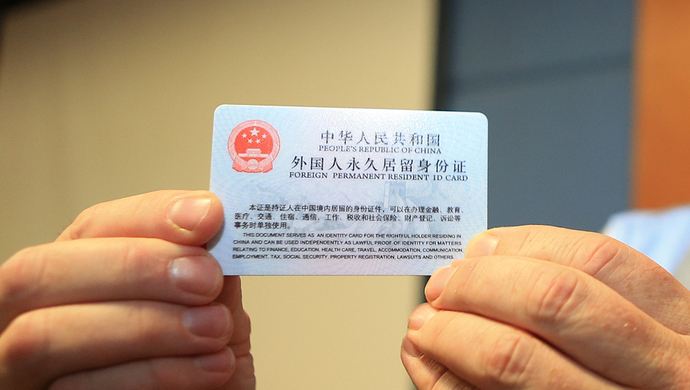





 京公网安备 11011202001511号
京公网安备 11011202001511号